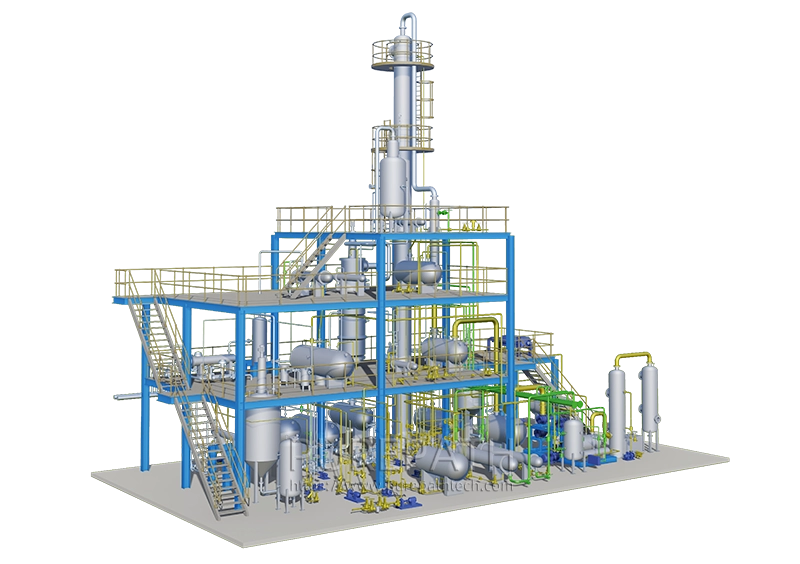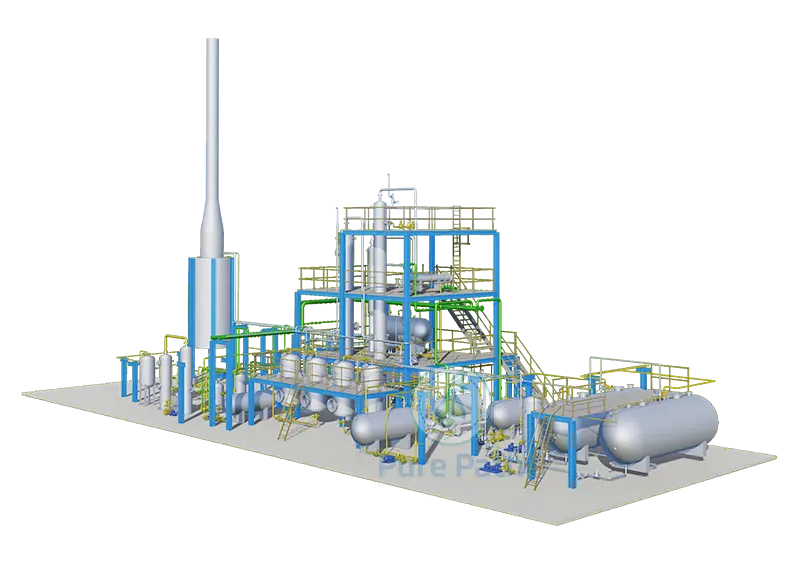Principles and Technologies for Industrial Waste Oil Disposal
Waste oil disposal is a critical aspect of industrial operations, impacting both environmental and economic factors. Effective treatment of waste oil ensures that pollutants are minimized, resources are recycled, and compliance with environmental regulations is maintained. This article explores the various technologies and principles involved in the treatment and disposal of industrial waste oil.
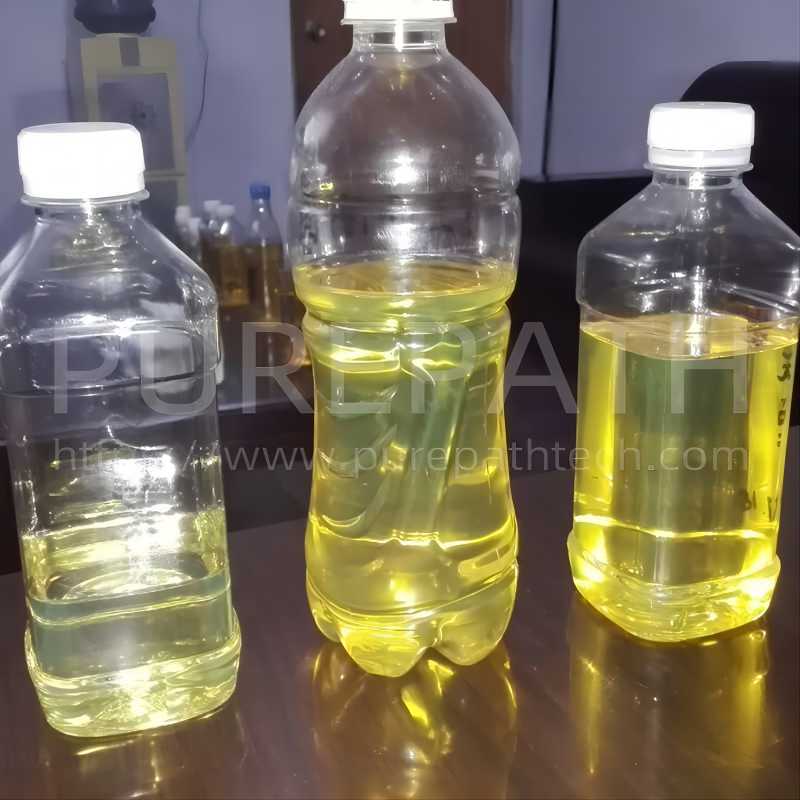
Fundamentals of Waste Oil Disposal Technology
Before delving into waste oil disposal, it is essential to understand the underlying principles governing its treatment. Fluid mechanics, thermodynamics, and lubrication theory provide the foundational knowledge for developing efficient disposal methods.
- Fluid mechanics studies the behavior of fluids (liquids and gases) at rest or in motion. This knowledge is critical for understanding the flow characteristics of waste oil in various treatment processes, such as sedimentation and centrifugation.
- Thermodynamics deals with energy and its transformations. It is essential for analyzing the energy requirements and efficiency of thermal treatment methods used in waste oil disposal.
- Lubrication theory explores the reduction of friction between two moving surfaces by introducing a lubricant. Understanding lubrication helps in evaluating the properties of waste oil and its potential reuse as a lubricant after treatment.
Physical Treatment Technologies for Industrial Waste Oil
Physical treatment methods are commonly used for initial processing of waste oil to remove large contaminants and water.
- Sedimentation separation technology relies on the difference in density between oil and impurities. Waste oil is allowed to settle in a tank, allowing heavier contaminants to sink to the bottom. This method is simple but time-consuming and often requires additional treatment steps.
- Centrifugal separation technology employs centrifugal force to separate oil from impurities. Waste oil is spun at high speed, causing denser particles to move towards the outer edge, while the lighter oil remains in the center. This method is more efficient than sedimentation but requires specialized equipment.
- Filtration separation technology uses porous materials to filter out solid impurities from waste oil. Filters with varying pore sizes can be used to remove particles of different sizes. Filtration is effective for removing fine particles but can become clogged over time.
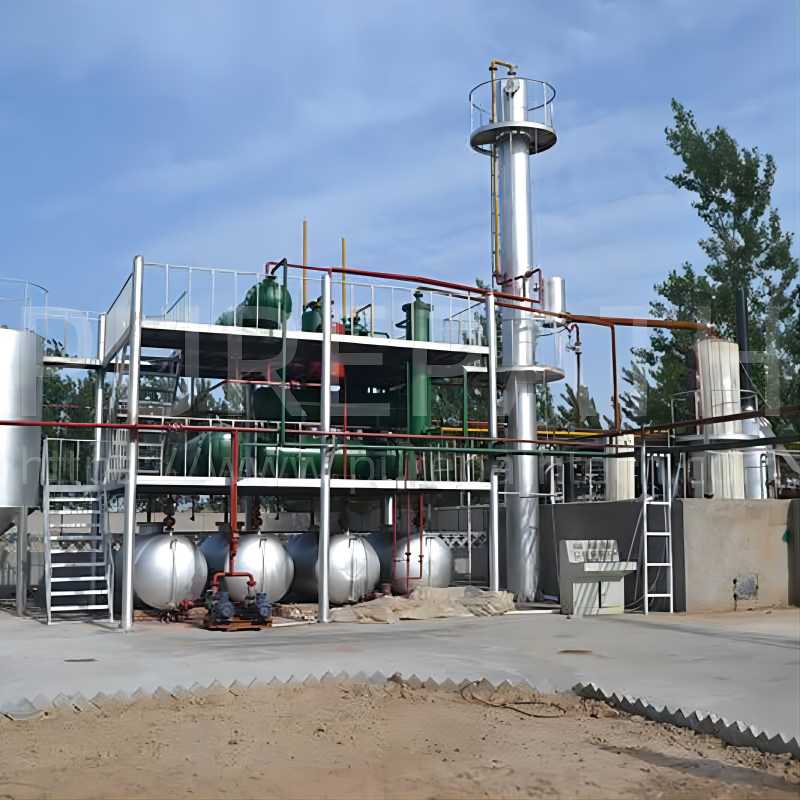
Other Treatment Technologies for Industrial Waste Oil
Beyond physical methods, there are several advanced technologies used for the more comprehensive disposal of waste oil.
- Molecular distillation technology is a specialized distillation process used to separate substances with very similar boiling points. It can be applied to waste oil to recover valuable components. The process involves heating the waste oil under a vacuum, causing different components to vaporize at different temperatures, and then condensing them separately.
- Adsorption treatment technology involves using adsorbents to remove impurities from waste oil. Adsorbents, such as activated carbon, have a large surface area that can trap contaminants. This method is effective for removing dissolved organic compounds and trace metals.
- Antioxidant and anti-rust treatment technology are essential for maintaining the quality of recovered oil and protecting equipment. Antioxidants and rust inhibitors are added to the waste oil to stabilize it and prevent degradation during storage and use.
Waste Oil Disposal and Recycling Technologies
The selection of a waste oil disposal method is a critical decision influenced by several factors, including the oil’s specific characteristics, its volume, and applicable environmental regulations.
1. Waste Oil Generation
The quantity and composition of waste oil produced vary significantly across different industrial sectors. Factors such as the machinery employed, maintenance protocols, and production processes all contribute to the generation of waste oil. For instance, automotive workshops produce different types and volumes of waste oil compared to manufacturing plants or food processing facilities.
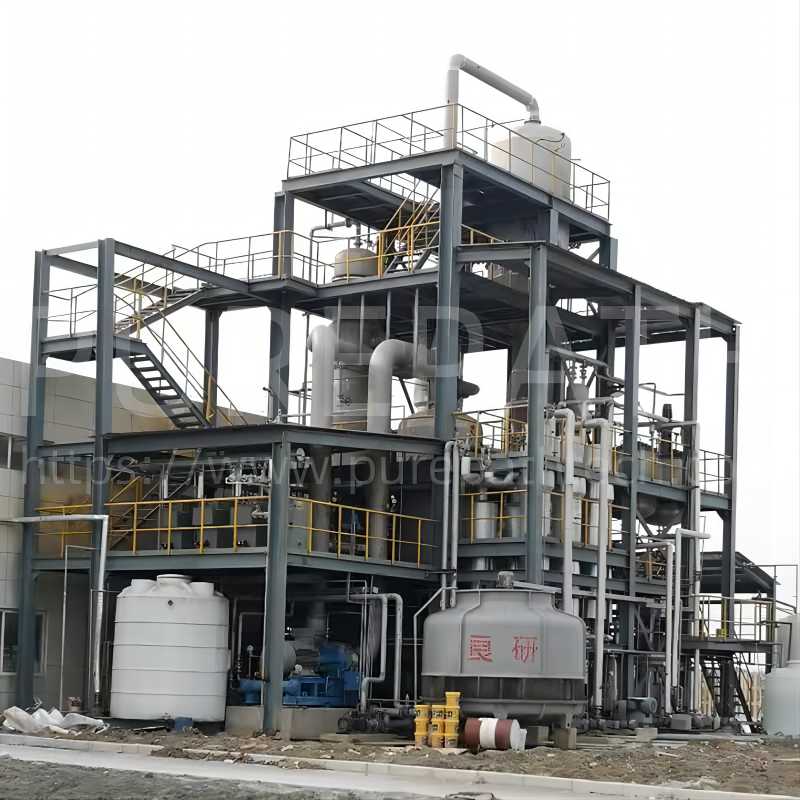
2. Waste Oil Disposal Methods
A. Physical Treatment Methods
These methods separate oil from contaminants without altering the oil’s chemical composition.
- Sedimentation: This is a gravity-based process where waste oil is allowed to settle in a tank. Heavier impurities sink to the bottom, forming a sludge layer. While simple, it is time-consuming and often requires additional treatment steps.
- Centrifugation: This method uses centrifugal force to separate oil from impurities. Waste oil is spun at high speed, causing denser components to move outwards, while the oil remains in the center. Centrifugation is more efficient than sedimentation but requires specialized equipment.
- Filtration: This involves passing waste oil through a filter to remove solid contaminants. The filter’s pore size determines the size of particles captured. Filtration is effective for removing fine particles but requires regular filter replacement.
B. Chemical Treatment Methods
Chemical treatments modify waste oil’s properties through chemical reactions.
- Neutralization: Acids present in waste oil can be neutralized using alkaline substances. This is crucial for preventing corrosion in storage tanks and equipment.
- Chemical washing: Solvents or detergents are used to extract contaminants from the waste oil. However, this method generates additional waste, and careful solvent selection is essential to avoid environmental harm.
- Chemical conversion: In some cases, waste oil can be chemically converted into other products, such as lubricants or fuels. However, these processes often require complex and energy-intensive technologies.
C. Biological Treatment Methods
Microorganisms are employed to break down waste oil components into simpler substances.
- Biodegradation: Under specific conditions, microorganisms can consume hydrocarbons in waste oil. This process is slow but can be effective for treating certain types of waste oil, especially in controlled environments like bioreactors.
- Composting: Mixing waste oil with organic matter can create conditions favorable for microbial growth, aiding in oil degradation. However, this method is generally suitable for small volumes of waste oil.
D. Thermal Treatment Methods
These methods involve subjecting waste oil to high temperatures to recover energy or produce other products.
- Incineration: Burning waste oil at high temperatures can recover energy in the form of heat. However, it generates air pollution and requires strict emission controls.
- Pyrolysis: This process involves heating waste oil in the absence of oxygen, breaking it down into valuable products like fuels, lubricants, and carbon black.
- Gasification: Similar to pyrolysis, gasification converts waste oil into a gas mixture that can be used as fuel.
E. Comprehensive Utilization Methods
These approaches aim to maximize the value of waste oil through various recovery and conversion processes.
- Regeneration: Waste oil can be refined to restore its original properties, allowing it to be reused as a lubricant. However, the quality of the regenerated oil often depends on the initial contamination level.
- Recycling: Waste oil can be processed into different products, such as base oils for lubricants, heating oils, or raw materials for the chemical industry.
- Energy recovery: Waste oil can be used as a fuel in industrial processes or power generation, providing a valuable energy source.
3. Factors Affecting Waste Oil Disposal
The choice of disposal method depends on several factors:
- Waste oil characteristics: Viscosity, contamination levels, and chemical composition influence treatment options.
- Waste oil volume: Large volumes may require different approaches than small quantities.
- Environmental regulations: Local and national regulations dictate permissible disposal methods and waste management practices.
- Economic considerations: Treatment costs, energy recovery potential, and the value of recovered products impact decision-making.
- Technological advancements: Emerging technologies offer new possibilities for waste oil disposal and recycling.
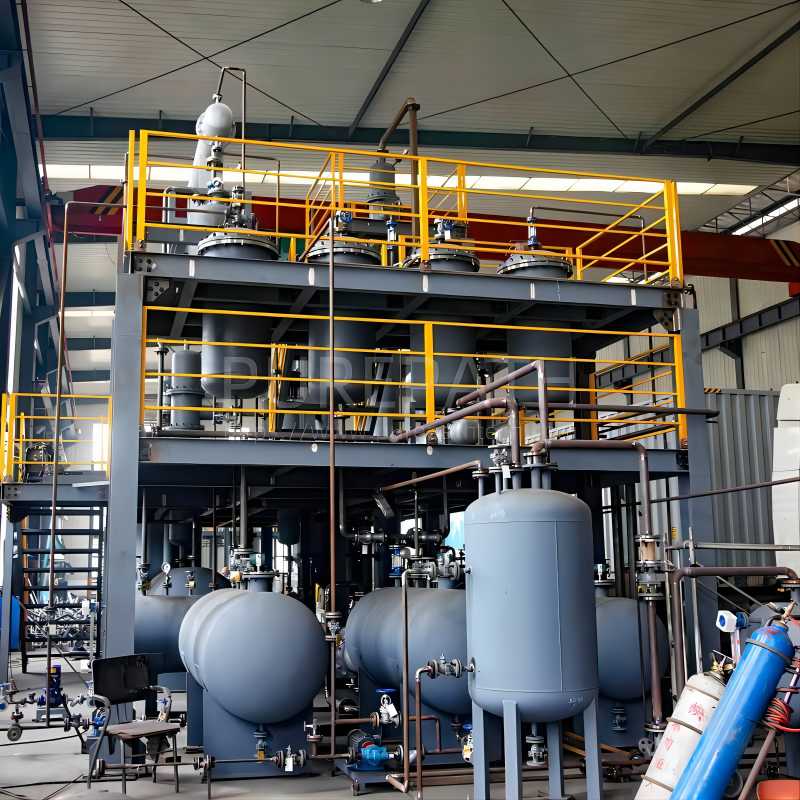
Industrial Waste Oil Treatment
Addressing the sources and characteristics of pollutants in waste oil is crucial for effective treatment.
1. Sources and Control of Pollutants
Pollutants in waste oil come from various sources, including wear and tear of machinery, contamination during handling, and degradation of oil during use. Controlling these sources involves implementing proper maintenance procedures, using high-quality oils, and minimizing contamination during operations.
2. Types and Characteristics of Pollutants
Common pollutants in waste oil include particulate matter, water, metals, and organic compounds. Each pollutant type has specific characteristics that influence its removal. For example, water can form emulsions with oil, making it challenging to separate, while metals can be present in dissolved or particulate forms.
3. Oil Pollution Control Measures
Effective oil pollution control measures include regular monitoring of oil quality, using filtration and separation technologies, and adding chemical stabilizers to prevent degradation. Implementing these measures helps maintain the quality of the oil and reduces the environmental impact of waste oil disposal.
Conclusion
Waste oil disposal is a complex process that requires a thorough understanding of engineering principles and advanced treatment technologies. By integrating physical, chemical, biological, and thermal methods, industries can effectively treat and recycle waste oil, minimizing environmental impact and maximizing resource recovery. As technologies advance, more efficient and sustainable methods of waste oil treatment will continue to emerge, contributing to a cleaner and more sustainable industrial future.


